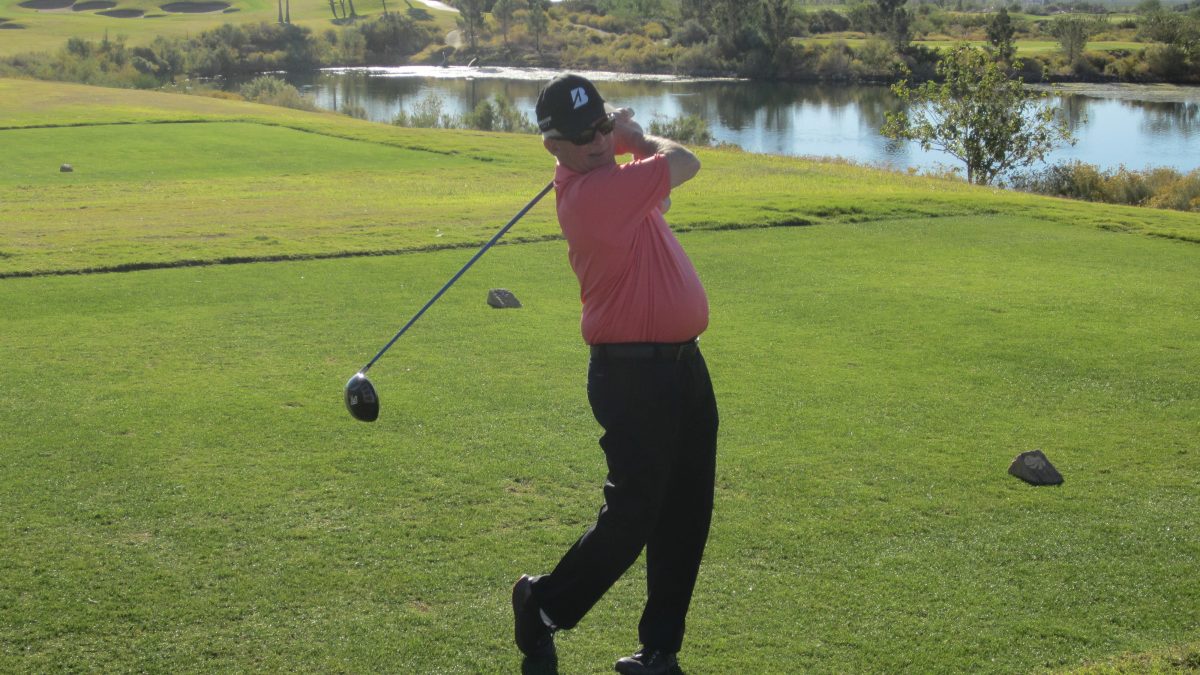EDITORIAL – USGTF 35th ANNIVERSARY – MEMORIES, HISTORY AND FUTURE VISION
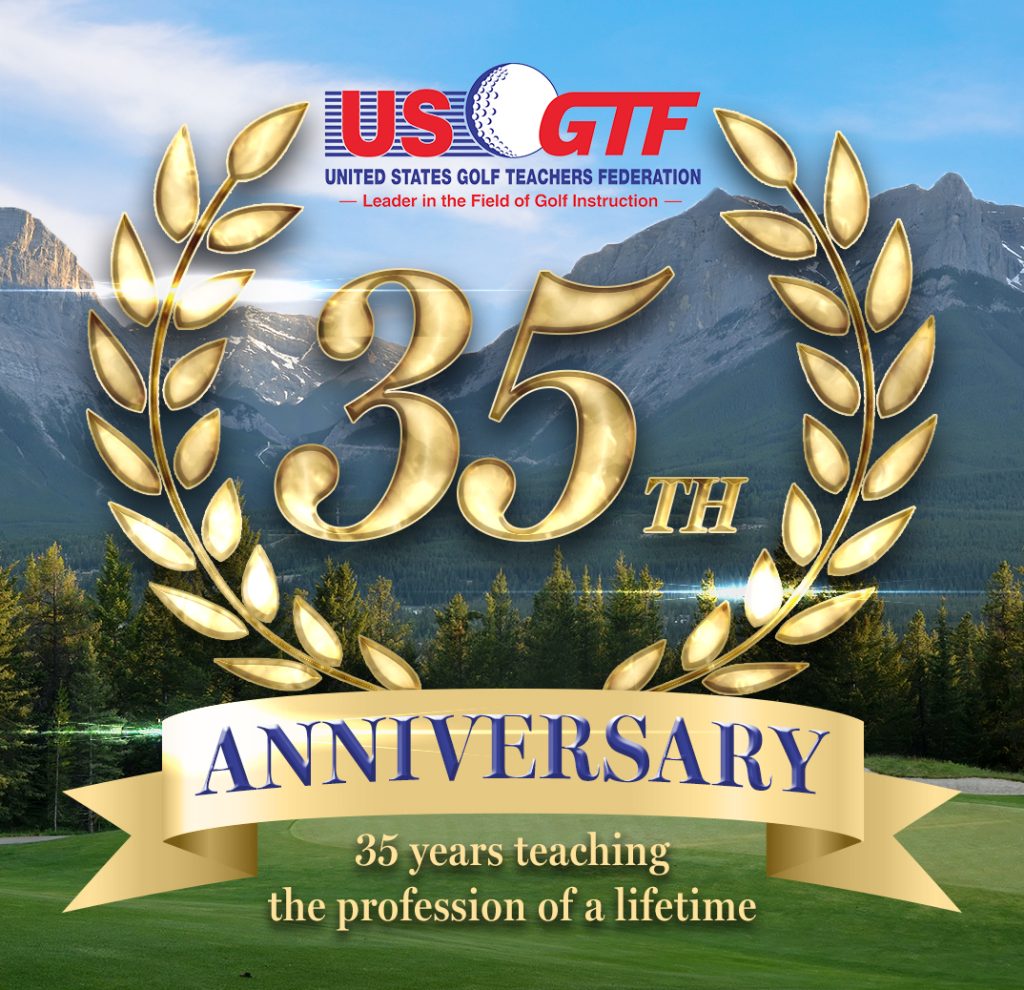 When the USGTF was founded in 1989, it was much-needed in filling a void in the golf instruction realm. Thirty-five years later, much of the promise of the USGTF has been fulfilled with bigger and better things in store in the future.
When the USGTF was founded in 1989, it was much-needed in filling a void in the golf instruction realm. Thirty-five years later, much of the promise of the USGTF has been fulfilled with bigger and better things in store in the future.
In the beginning, all USGTF classes and instruction were held in-person at a few locations nationwide. These gatherings routinely drew 40-50 candidates to each certification course, proving the USGTF was vital to the golf industry. As the computer age became an everyday reality, online learning supplemented in-person sessions in the form of earning Associate Member status.
CEO and president Brandon Lee’s vision for the future includes a more rigorous and involved certification program to keep up with the ever-growing body of knowledge needed to teach the game effectively, while at the same time making the program accessible to more people. A vital goal of the USGTF is to involve younger candidates to assure long-term growth and health of the organization. Since virtually everyone under the age of 30 has grown up knowing computers and artificial intelligence technology their wholes lives, programs tailored to their expectations are being developed to further the goal of federation health and growth. The 21st century certainly belongs to the USGTF and WGTF.

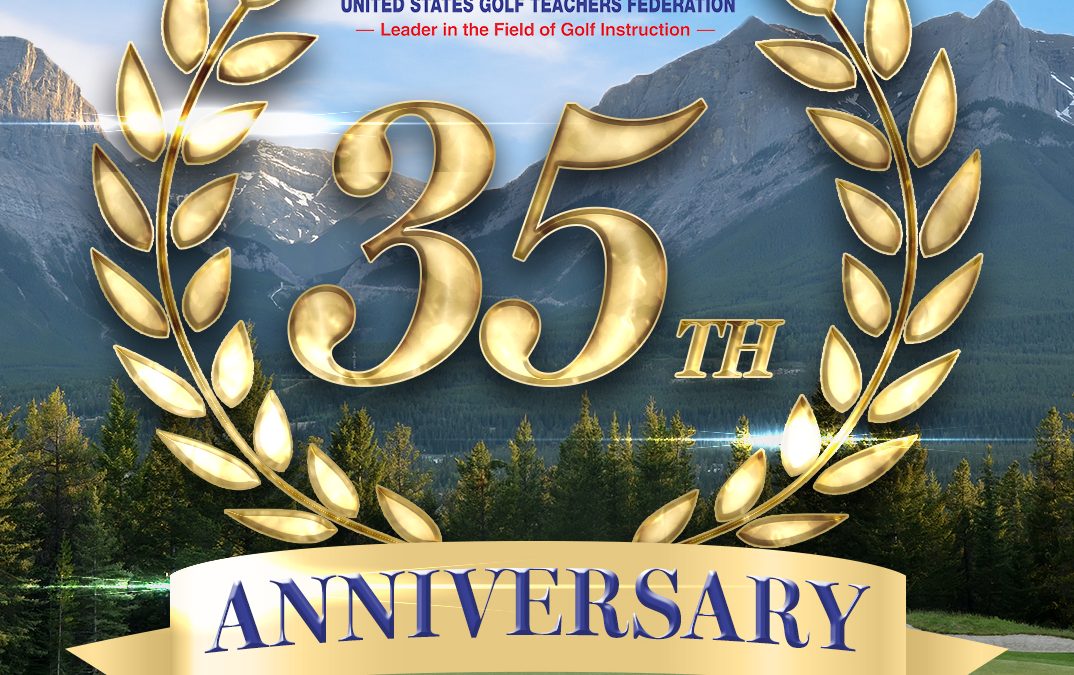

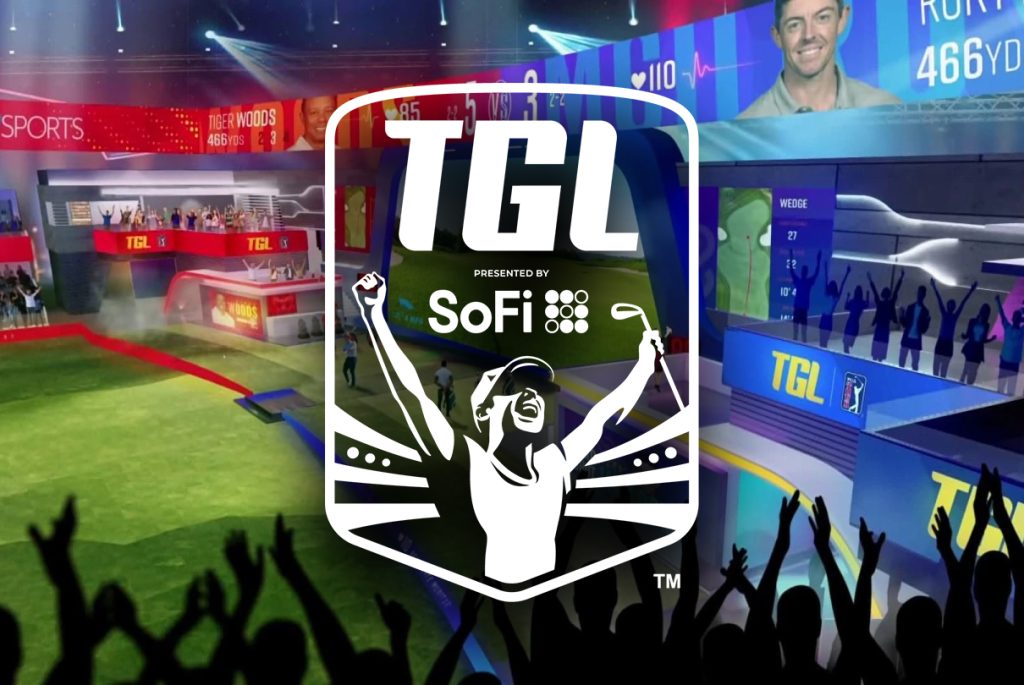





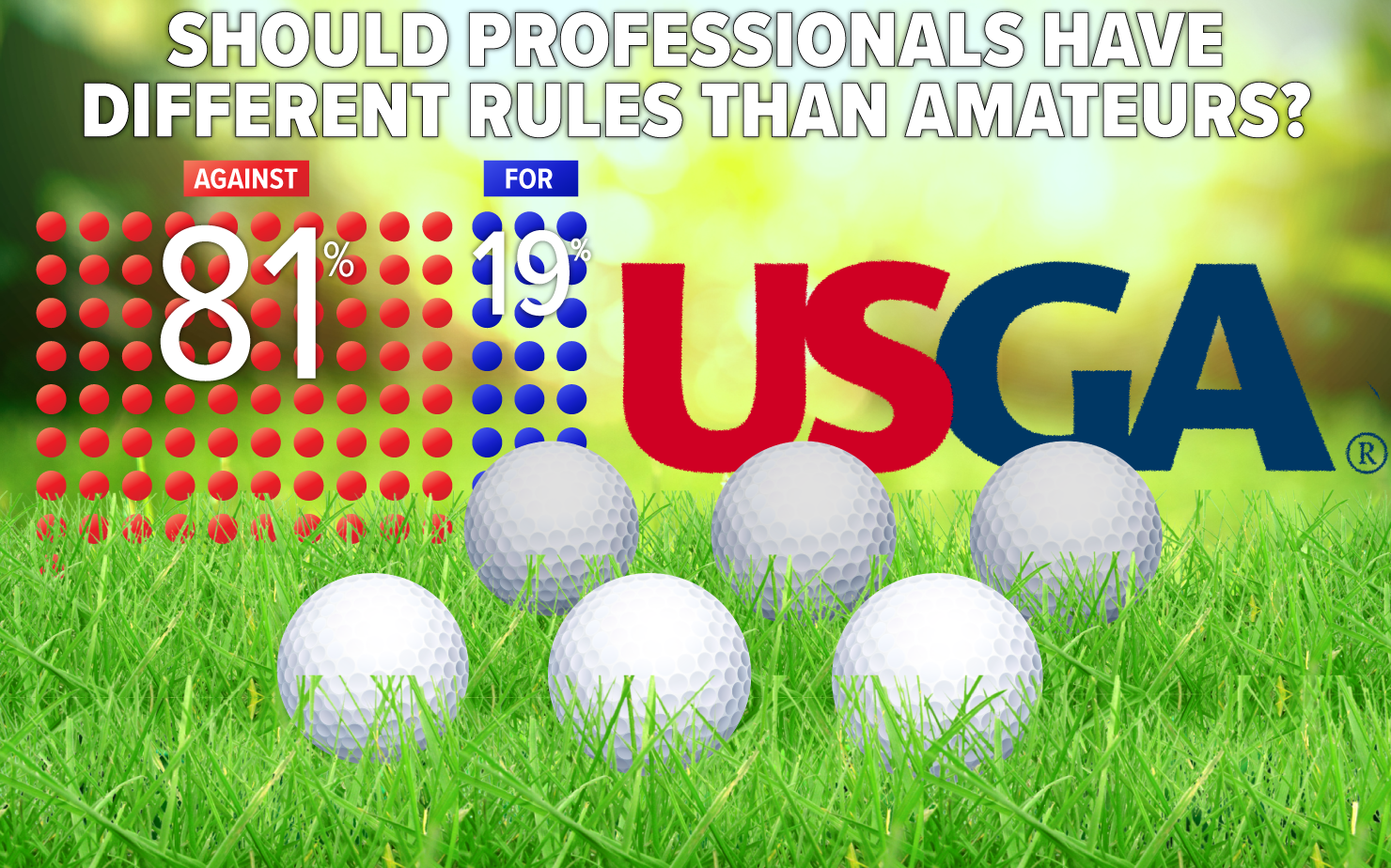
 Before my current tenure as a teaching professional at an indoor studio with all the latest in video and launch monitor technology, I hadn’t really taught that many junior players. That all changed when I took my current position some six years ago.
Before my current tenure as a teaching professional at an indoor studio with all the latest in video and launch monitor technology, I hadn’t really taught that many junior players. That all changed when I took my current position some six years ago.
